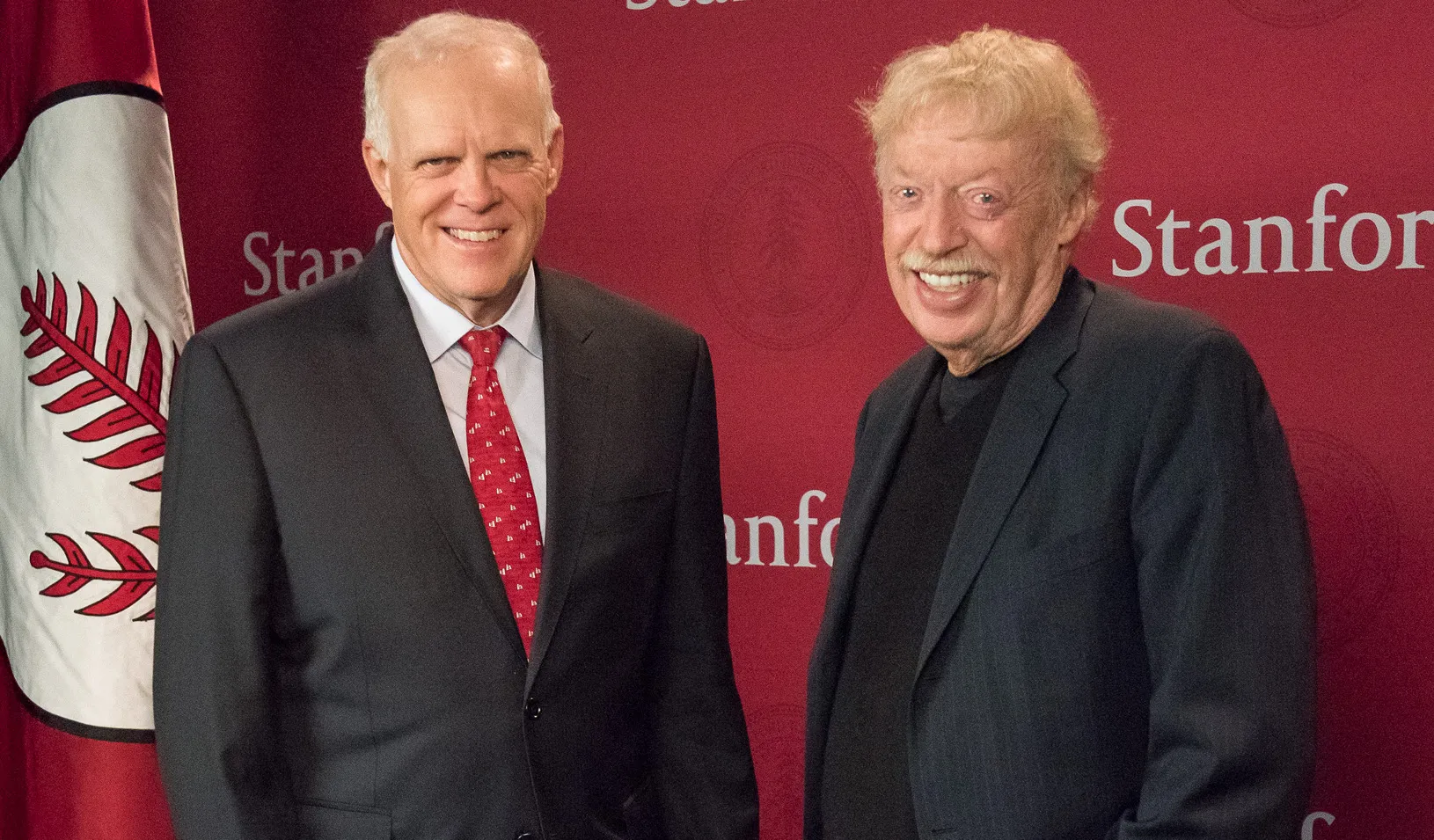Office Artifact: Chenzi Xu’s Civil War Bond Advertisement
An old leaflet shows how Americans were sold on lending Uncle Sam much-needed cash.
April 23, 2024

Chenzi Xu with her copy of a “7-30” bond ad. | Elena Zhukova
My view of the importance of history is twofold: One is that sometimes we just don’t have enough data points. Big events only happen every now and then. And so you have to turn to history to validate your models of the world.
Editor’s Note
In this ongoing Stanford Business series, we visit Stanford GSB professors’ offices and ask them to share the stories behind some of their favorite knickknacks.
Chenzi Xu is an assistant professor of finance at Stanford GSB.
The other is that there’s a lot of path dependence in the world. Economies don’t transition very quickly from one regime to another. To understand the way the world is today, you necessarily have to know a bit about where it came from because things that happened in the past have such a long legacy.
When I went to graduate school, I was very interested in understanding how countries funded themselves over long periods and how sovereign bond markets developed and operated. I wrote a paper about the U.S. banking and financial system during the Civil War and how it was created hand in hand with federal debt.
This ad is basically like an FAQ — frequently asked questions about one of the largest and most successful U.S. federal debt issuances in the 19th century. During the Civil War, the North had to fund itself, and it did so by offering these bonds. One was called the 7-30 because it was a 7% bond — which is a fairly high yield — that would be repaid in 30 years max.
The ad is half nationalistic propaganda and half educational. Most of the population wasn’t really familiar with how bonds worked and the risk associated with them. So the U.S. government had to go out there and be like, “Let us educate you on what a bond is and why lending to the government makes sense and is actually a really good way to invest your money during this uncertain time.”
It was very successful, in part due to Jay Cooke. Today, any sovereign country that is trying to borrow usually does it through a big bank. Cooke was the banker-financier who did this for the U.S. government. He would ride the trains all around the country and hand out these flyers and make a big pitch for why you should invest in these bonds. The first time he did this, bonds sold out very quickly.
Cooke would continue to be one of the most important banker-financiers in the U.S., but in the early 1870s, he invested heavily in what was supposed to be the second transcontinental railroad. The railroad went bankrupt, and his firm also went bankrupt, and this triggered a major wave of bank failures and the largest financial crisis in the U.S. until the Great Depression.
Many issues in finance come up over and over. We’re constantly trying to basically make alchemy — generating a really safe asset that will pay off even when the underlying income streams might not be that safe. That’s basically how we got into the 2008 financial crisis and how we ended up with the recent bank runs. You see it over and over in the past as well. — Told to Dave Gilson
For media inquiries, visit the Newsroom.
Explore More
Room to Grow: The Cannabis Industry Can’t Wait to Go Mainstream

Maker: United Record Pressing

Phil Knight Honored with Uncommon Citizen Award
